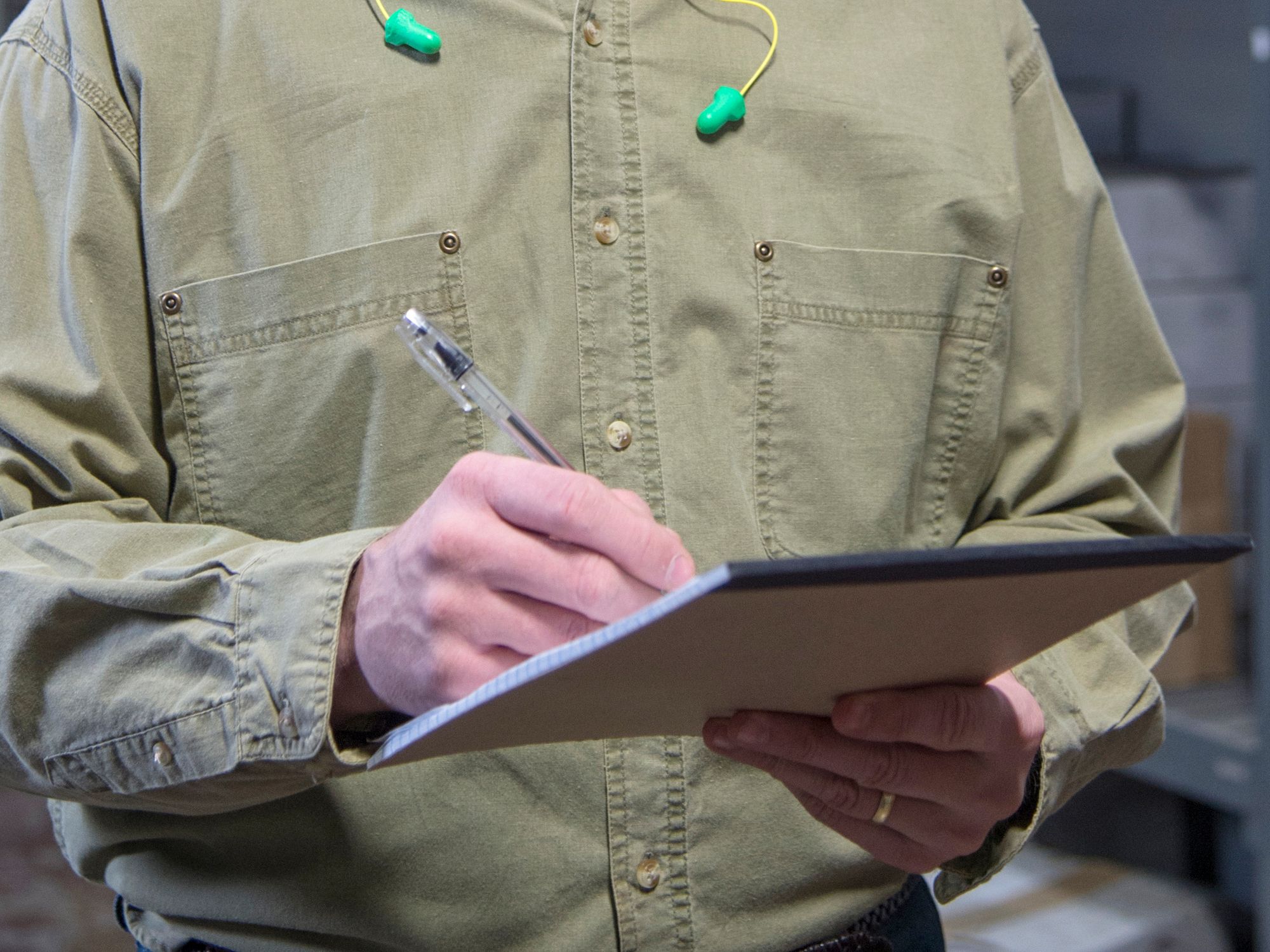InstituteAccident Investigation Preparation and ResponseAccident Investigation - OSHAAccident Investigation - OSHASafety & HealthGeneral Industry SafetyUSAEnglishAnalysisFocus AreaIn Depth (Level 3)
Taking notes
['Accident Investigation - OSHA']

- Taking good notes is vital to assembling the final incident report.
Incident investigation notes are a record of the facts surrounding an incident that contain information about what people have witnessed. Writing good notes helps develop the final incident investigation report.
Investigation notes should focus on the who, what, when, where, how, and why facts of the incident. Some example questions to ask during an investigation that could be used in the investigation report include:
Who:
- Was involved in the incident?
- Was injured?
- Witnessed the incident?
- Reported the incident?
- Notified emergency medical services personnel?
What:
- Happened?
- Company property was damaged?
- Evidence was found?
- Was done to secure the incident scene?
- Was done to prevent a recurrence of the incident?
- Level of medical care did the victims require?
- Was being done at the time of the incident?
- Tools were being used?
- Was the employee told to do?
- Machine was involved?
- Operation was being performed?
- Instructions had been given?
- Precautions were necessary?
- Protective equipment should have been used?
- Did others do to contribute to the incident?
- Did witnesses see?
- Safety rules were violated?
- Safety rules were lacking?
- New safety rules or procedures are needed?
When:
- Did the incident happen?
- Was it discovered?
- Was the incident reported?
- Did the employee begin the task?
- Were hazards pointed out to the employee?
- Did the supervisor last check the employee’s progress?
Where:
- Did the incident happen?
- Was the employee’s supervisor when the incident occurred?
- Were coworkers when the incident occurred?
- Were witnesses when the incident occurred?
- Does this condition exist elsewhere in the facility?
- Is the evidence of the investigation going to be kept?
How:
- Did the incident happen?
- Was the incident discovered?
- Were employees injured?
- Was equipment damaged?
- Could the incident have been avoided?
- Could the supervisor have prevented the incident from happening?
- Could coworkers avoid similar incident?
Why:
- Did the incident happen?
- Were employees injured?
- Did the employee behave that way?
- Wasn’t protective equipment used?
- Weren’t specific instructions given to the employee?
- Was the employee in that specific position or place?
- Was the employee using that machine or those tools?
- Didn’t the employee check with the supervisor?
- Wasn’t the supervisor there at the time?
